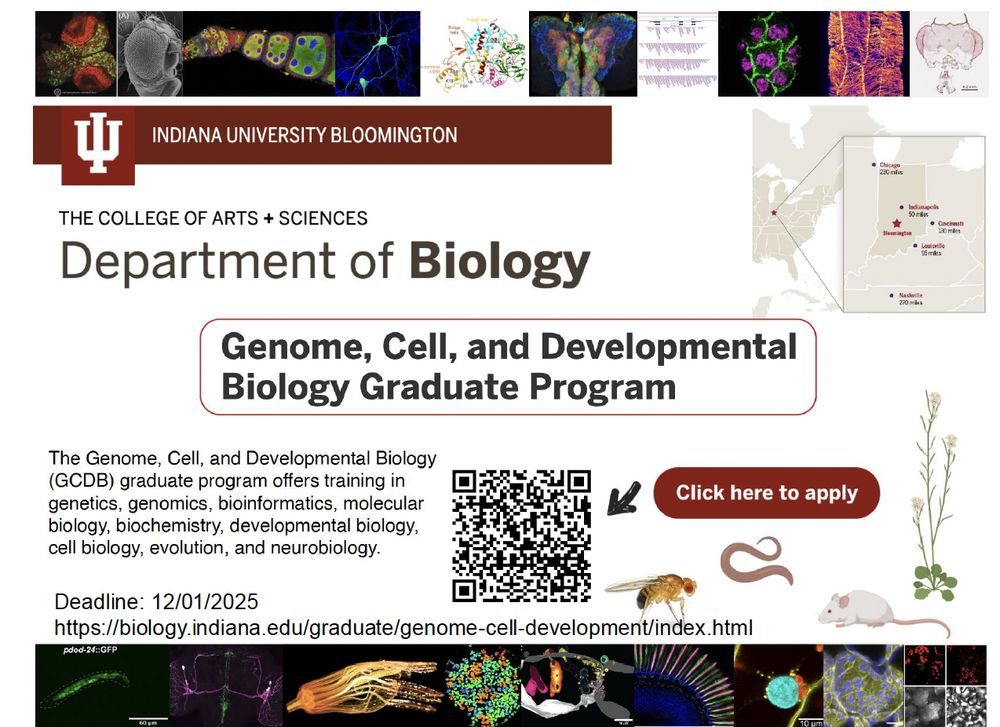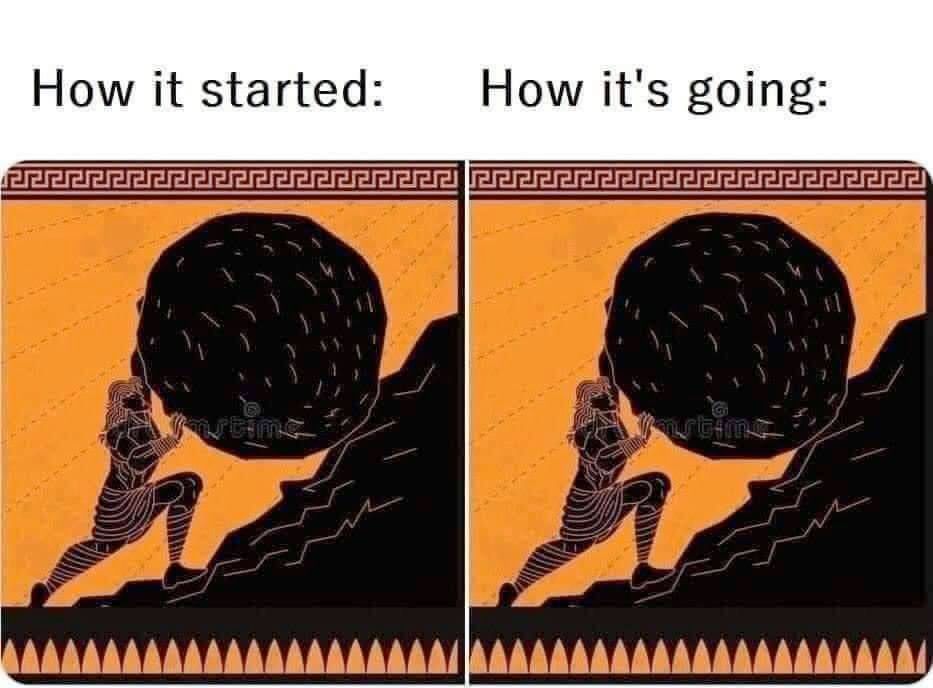
https://www.johnstonlabjhu.com/
Her studies reveal how developmental timing in the retina is controlled like an hourglass. The progenitor:neuron ratio shifts to control signaling levels and trigger photoreceptor development over time. Check it out!!
@dartmouthbcb.bsky.social @futurepislack.bsky.social
@dartmouthbcb.bsky.social @futurepislack.bsky.social
@chiarafornetto.bsky.social
For a breakdown, see the bluetorial from when we posted the preprint: bsky.app/profile/neur...
Funding: @erc.europa.eu @wellcometrust.bsky.social @ukri.org @leverhulme.ac.uk @thelisterinstitute.bsky.social

@chiarafornetto.bsky.social
For a breakdown, see the bluetorial from when we posted the preprint: bsky.app/profile/neur...
Funding: @erc.europa.eu @wellcometrust.bsky.social @ukri.org @leverhulme.ac.uk @thelisterinstitute.bsky.social
Sponsored by the Physiological Society
@physoc.bsky.social
Host: Emily Noël
@noelresearchlab.bsky.social
All welcome!

Sponsored by the Physiological Society
@physoc.bsky.social
Host: Emily Noël
@noelresearchlab.bsky.social
All welcome!
Read this #LifelongDevSI #OA Research Article by Sujay Shah, Pierre Mattar and colleagues
doi.org/10.1242/dev....

Read this #LifelongDevSI #OA Research Article by Sujay Shah, Pierre Mattar and colleagues
doi.org/10.1242/dev....
Read this #LifelongDevSI #OA Research Article by Sujay Shah, Pierre Mattar and colleagues
doi.org/10.1242/dev....

We are looking for a colleague to join us in our fantastic Biology Department and Neuroscience Program at Brandeis. We are a group of *very* collaborative, supportive, and productive scientists (& humans!) so please apply
academicjobsonline.org/ajo/jobs/30961
We are looking for a colleague to join us in our fantastic Biology Department and Neuroscience Program at Brandeis. We are a group of *very* collaborative, supportive, and productive scientists (& humans!) so please apply
academicjobsonline.org/ajo/jobs/30961
www.biorxiv.org/content/10.1...

www.biorxiv.org/content/10.1...
@umassboston.bsky.social
🪰👀🧪
www.umb.edu/news/recent-...

@umassboston.bsky.social
🪰👀🧪
www.umb.edu/news/recent-...
genesdev.cshlp.org/content/earl...
genesdev.cshlp.org/content/earl...
Registration link in flyer - hope to see you there!


Registration link in flyer - hope to see you there!
Applications to the GCDB Biology Doctoral program at IU are due December 1st.
@iubiology.bsky.social
@alizeemalnoe.bsky.social @rhcalderon.bsky.social @lesleynweaver.bsky.social @hoosierflyman.bsky.social @tennessenlab.bsky.social @flyeyelab.bsky.social @briancalvi.bsky.social

Applications to the GCDB Biology Doctoral program at IU are due December 1st.
@iubiology.bsky.social
@alizeemalnoe.bsky.social @rhcalderon.bsky.social @lesleynweaver.bsky.social @hoosierflyman.bsky.social @tennessenlab.bsky.social @flyeyelab.bsky.social @briancalvi.bsky.social
www.biorxiv.org/cgi/content/...
Human retinas/organoids go through 2 apoptotic waves. Organoids also have a necrotic wave. Blocking apoptosis promotes RGC survival to day 200 (usually die!). Apoptosis promotes normal neurogenesis/maturation.

www.biorxiv.org/cgi/content/...
Human retinas/organoids go through 2 apoptotic waves. Organoids also have a necrotic wave. Blocking apoptosis promotes RGC survival to day 200 (usually die!). Apoptosis promotes normal neurogenesis/maturation.



Please share with colleagues who may benefit!
ericjoycelab.com/oligopaint-f...

Please share with colleagues who may benefit!
ericjoycelab.com/oligopaint-f...
#Ophthalmology #VisionHealth #MCWKnowledge

#Ophthalmology #VisionHealth #MCWKnowledge



www.biorxiv.org/content/10.1...

www.biorxiv.org/content/10.1...



